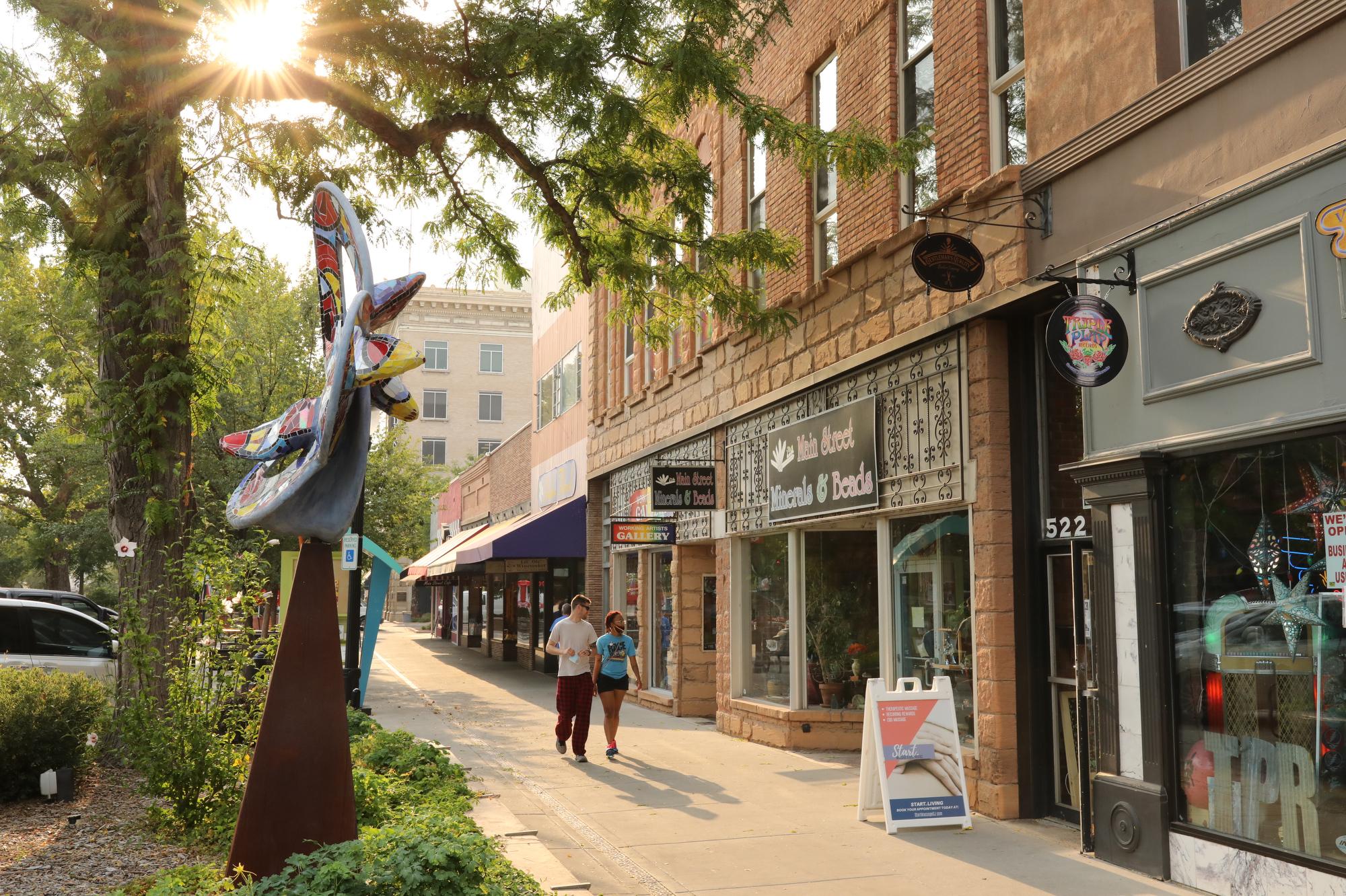
Editor's Note: This post collects all of our reporting on the four major wildfires in Colorado for Friday, Aug. 21, 2020. You can find the latest weekend updates here. Our original story continues below.
Here are the current statuses of Colorado’s four major wildfires (click on the fire name to jump to the updates):
- Grizzly Creek Fire: 29,992 acres, 11 percent containment. (Aug 21, 2020, 7:33 a.m.)
- Pine Gulch Fire: 124,934 acres, 17 percent containment. (Aug 21, 8:10 a.m.)
- Cameron Peak Fire: 16,602 acres, no containment. (Aug 21, 4:01 p.m.)
- Williams Fork Fire: 10,288 acres, 3 percent containment. (Aug 21, 7:18 a.m.)
Grizzly Creek
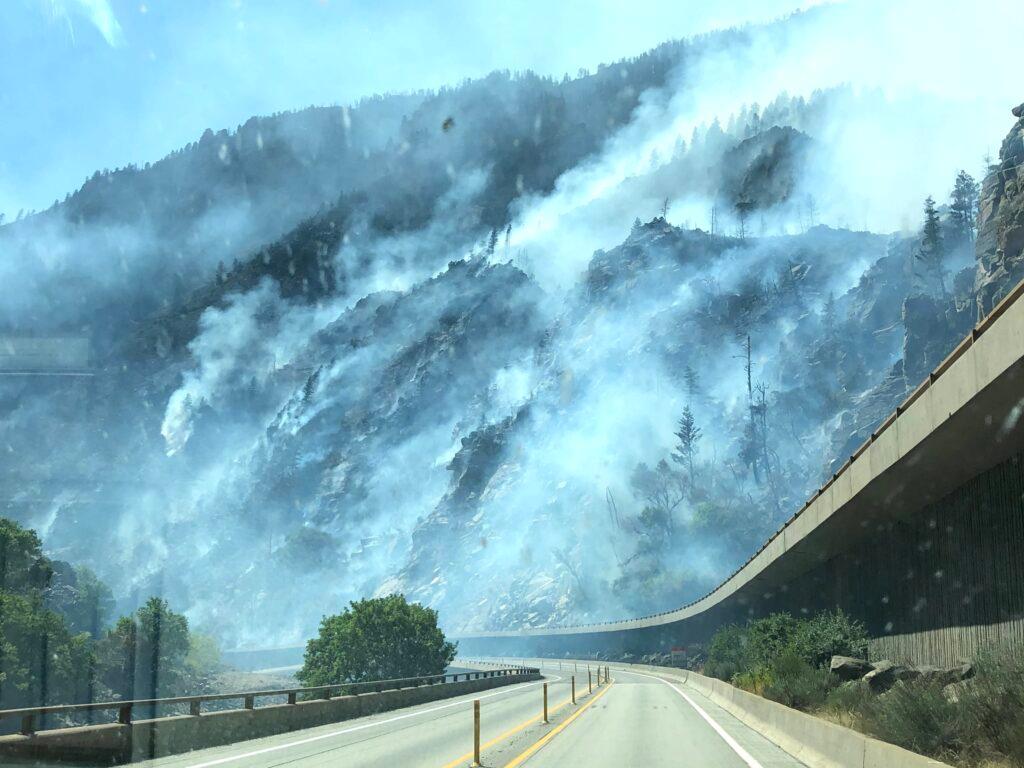
6:02 p.m.: More good transportation news: Independence Pass has reopened.
The back route between Aspen and Leadville has become a commuter lifeline in the region while I-70 remains closed due to wildfire.
The narrow road over Independence Pass was also closed for a couple of hours today due to a crash, and for a while last week after semi-trucks started using it as a detour. Only passenger cars have been able to use it since then.
7:30 a.m.: Crews have been getting a bit of help from the weather, finally. Some rain in the area helped them expand containment lines. Conditions today though are expected to be hot and dry again. And the moisture poses added risk of bringing logs and debris down from the canyon walls, which have been destabilized by the fire.
The fire has close I-70 at Glenwood Canyon, but it could reopen in "days, not weeks," Colorado Department of Transportation Executive Director Shoshana Lew announced at a press conference Thursday evening.
“The end is sight," she said.
It's still too early to estimate the cost of damages to the interstate caused by the Grizzly Creek fire, CDOT staff say. The agency has requested that aid that could cover 80 percent of the total repair cost. An initial assessment shows that the fire didn't burn hot enough to do significant damage to concrete bridge and viaducts, staff said.
Pine Gulch
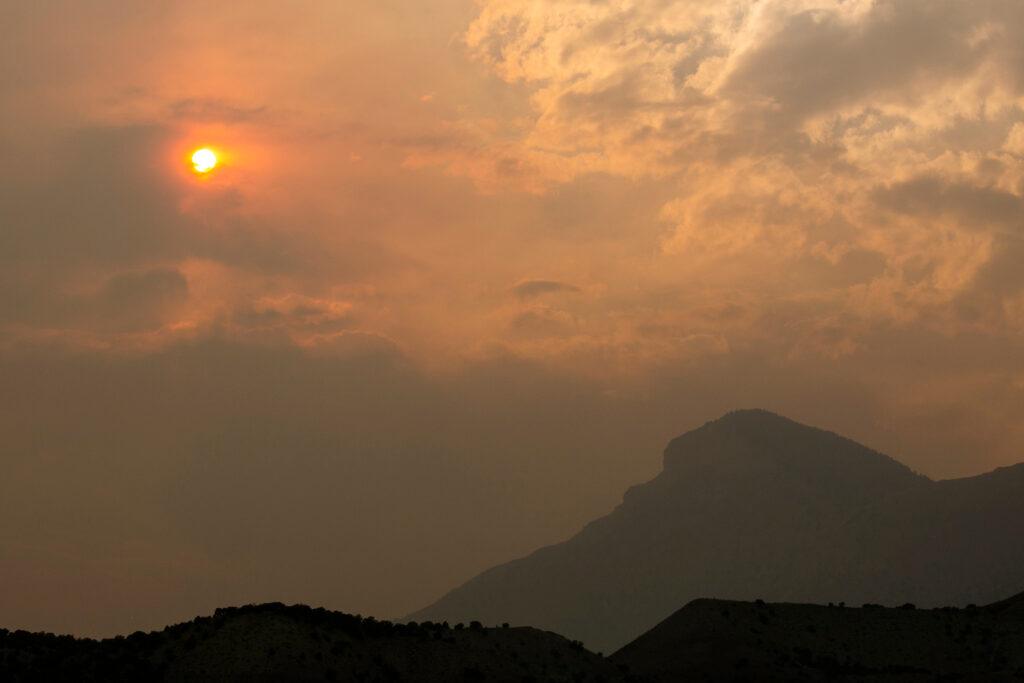
7:30 a.m.: Pine Gulch remains the second-largest fire in state history. It's currently only around 13,000 acres smaller than the 2002 Hayman Fire. And it continues to choke the skies of Western Colorado with smoke, in a plume that is impacting air quality across the state. After a stormy day over the fire Thursday, Friday is expected to be calmer, but also drier.
The fire's main fuel is extremely dry brush, which has been dehydrated by this summer's record-breaking temperatures. Premature snowmelt and a recent lack of rain have contributed to an extreme drought in the area.
Cameron Peak
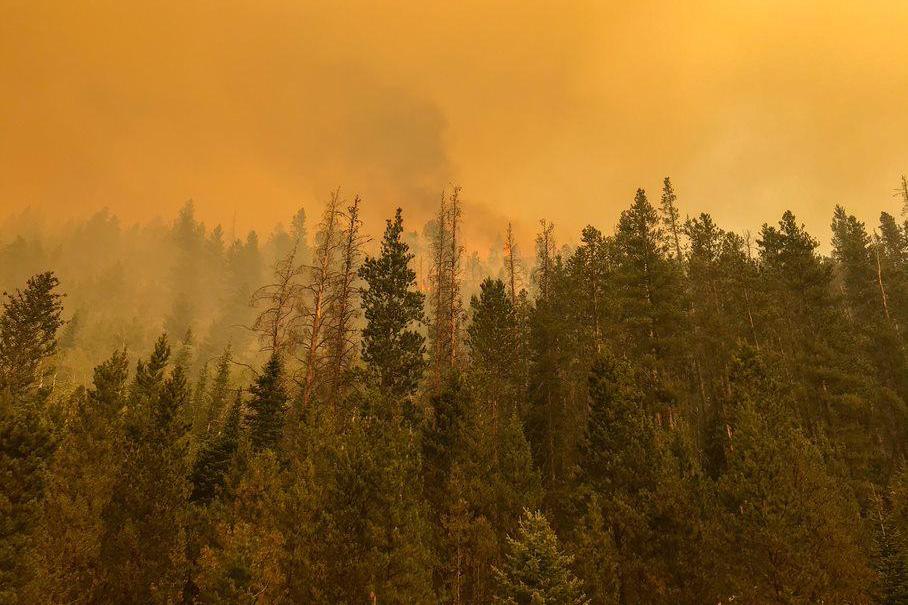
3:41 p.m.: Authorities have ordered additional evacuations near Cameron Peak. After fire activity expanded south of Highway 14 toward Crown Point on Friday, the Larimer County Sheriff's Office has asked all residents and businesses near Pennock Pass on County Road 44H to leave due to immediate danger.
The area had previously been on pre-evacuation orders. The fire, first reported on Sept. 13, had grown to 16,602 acres Thursday. The immediate area includes Red Feather Lakes, which is a popular destination for horseback rides, hunting and fishing. The fire is also burning just miles north of Rocky Mountain National Park. The northwest section of the park has been closed due to the blaze since Aug. 18.
Meg Cicciarella, a public information officer for the Rocky Mountain Incident Management Team, said firefighters are patrolling and monitoring Long Draw Road to keep the fire from advancing into the park. If that does occur, the terrain could provide a natural barrier to the flames.
“The fuel type changes dramatically closer to the park from conifer forest to alpine tundra,” she said. “What this means is if fire carried from the conifer forest, it would likely be unsuccessful.”
— Sam Brasch
7:30 a.m.: After a few days of more favorable conditions, temperatures today will be back up in near 80, winds will gust to 10-20 mph, and humidity dropping to 15-20 percent. That's a recipe for more strong fire growth and fire crews are preparing for several days of bad conditions.
Yesterday the Forest Service expanded its closures around the fire in the Arapahoe and Roosevelt National Forests.
Williams Fork
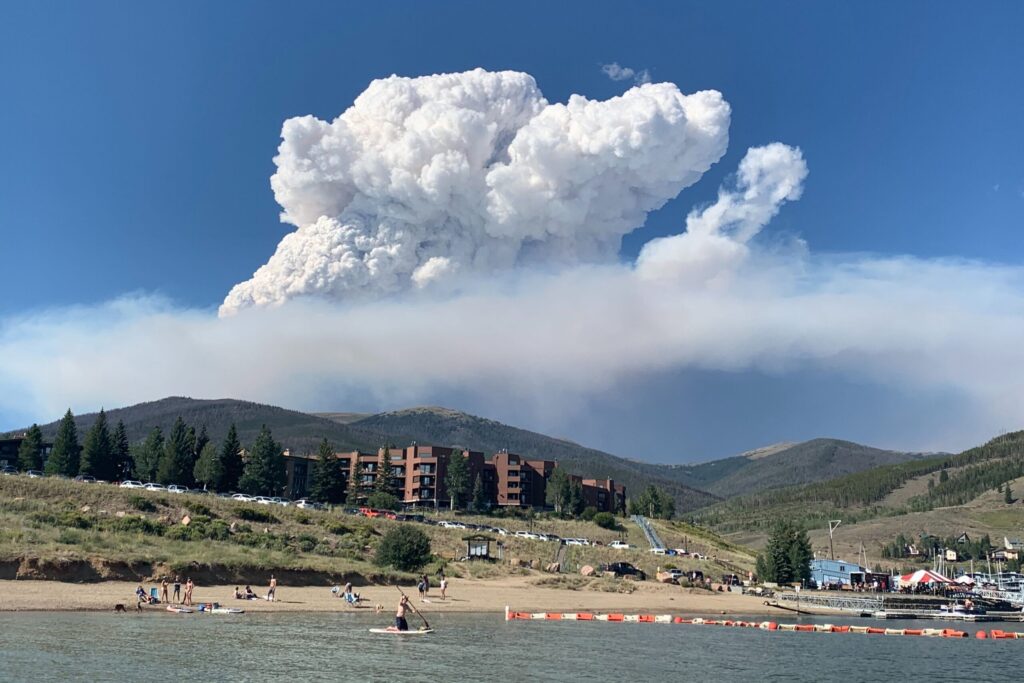
8:51 a.m.: Beetle-killed trees have helped fuel this fire, which is burning in forested land northeast of Silverthorne. And experts say the current stretch of extremely dry weather is also making new trees vulnerable to the tiny invaders.
"During those conditions when the trees are stressed in the forest from longer-term drought and a lack of precipitation and higher temperatures, they become more vulnerable and that's when you start to see these bark beetle outbreaks," climatologist David Simeral said.
Beetles continue to eat away at a tree until it is completely dead and brittle — ideal fuel for wildfires.
7:30 a.m.: The 'human-caused' fire grew around 4,000 acres on Thursday. Crews did get some help from the weather Thursday, as cloud cover slowed down fire movement.
"It's not making any big runs. It's just kind of slowly creeping and torching," said deputy operations chief Mike Johnson at a briefing Thursday evening.







